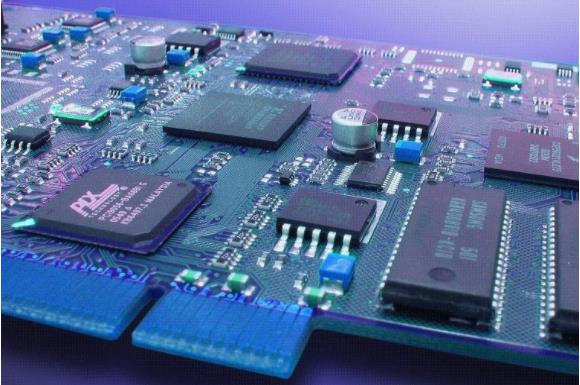How to place the inductance of the switching power supply on the PCB design?
The PCB manufacturer will explain to you how to place the inductance of the switching power supply on the PCB design. First, let's take a look at this question: where should the coil be placed?
Switching regulators used for voltage conversion use inductors to temporarily store energy. These inductors are usually very large in size and must be placed in the printed circuit board(PCB) layout of the switching regulator. This task is not difficult, because the current through the inductor may change, but not instantaneously. Changes can only be continuous, usually relatively slow.
The switching regulator switches the current back and forth between two different paths. This switching is very fast, and the specific switching speed depends on the duration of the switching edge. The trace through which the switching current flows is called a thermal loop or AC current path, which conducts current in one switching state and does not conduct current in another switching state.
In the PCB layout, the thermal loop area should be small and the path should be short to minimize the parasitic inductance in these traces. Parasitic trace inductance can produce useless voltage offset and cause electromagnetic interference (EMI).

Do not route sensitive control traces under the inductor (neither on the surface or under the PCB), in the inner layer, or on the back of the PCB. Affected by the flow of current, the coil generates a magnetic field, which will affect weak signals in the signal path as a result. In a switching regulator, a critical signal path is the feedback path, which connects the output voltage to the switching regulator IC or resistor divider.
It should also be noted that the actual coil has both a capacitive effect and an inductive effect. The first coil winding is directly connected to the switching node of the step-down switching regulator. As a result, the voltage change in the coil is as strong and rapid as the voltage at the switch node. Since the switching time in the circuit is very short and the input voltage is high, considerable coupling effects will occur on other paths on the PCB. Therefore, sensitive traces should be kept away from the coil.
Some circuit designers don't even want any copper layers in the PCB under the coil. For example, they provide cuts under the inductor, even in the ground plane layer. The goal is to prevent eddy currents from forming on the ground plane under the coil due to the coil's magnetic field. There is nothing wrong with this method, but there are also arguments that the ground plane should be consistent and should not be interrupted:
The ground plane used for shielding works best when it is not interrupted.
The more copper on the PCB, the better the heat dissipation.
Even if eddy currents are generated, these currents can only flow locally, which will only cause small losses and hardly affect the function of the ground plane.
Therefore, it is agreed that the ground plane layer, even below the coil, should maintain a complete view.
In short, we can conclude that although the coil of the switching regulator is not part of the critical thermal loop, it is wise not to route sensitive control traces under or near the coil. Various planes on the PCB board-for example, the ground plane or the VDD plane (supply voltage)-can be constructed continuously without the need for cuts.